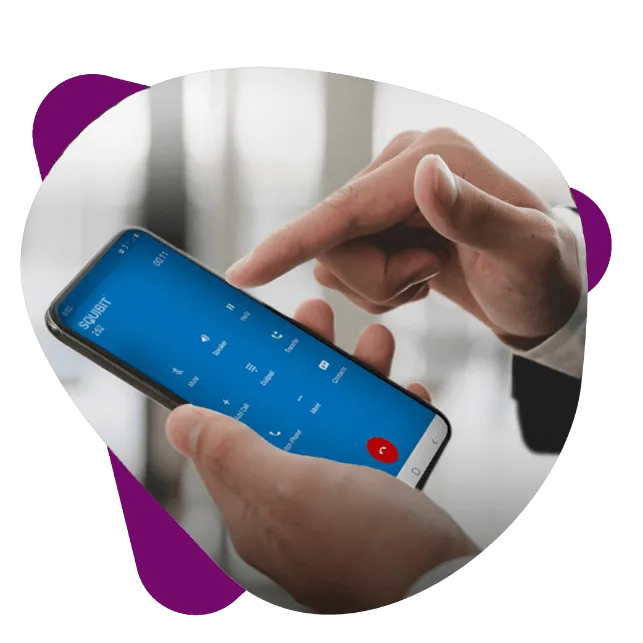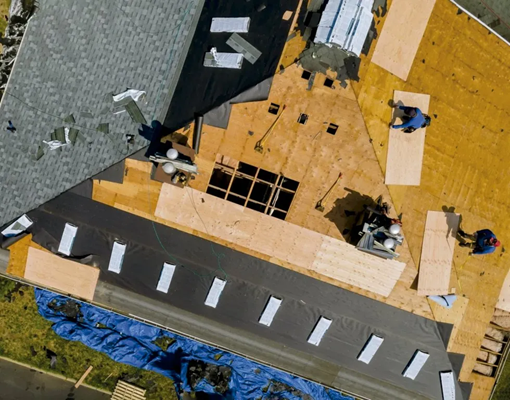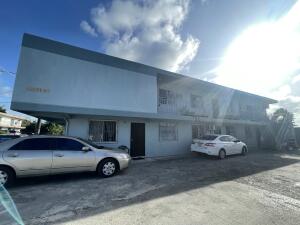Real-Time Communication in Schools Powered by VoIP PBX

Strong 8k brings an ultra-HD IPTV experience to your living room and your pocket.
In a school hallway, a child slips and falls. Shaken but alert, the teacher picks up the phone to call the nurse, only to find a dead line. Moments matter. However, many schools are still stuck using decades-old communication systems that fail when they’re needed most. That’s no longer acceptable.
VoIP PBX solutions for schools reshape how institutions think about safety, speed, and daily coordination. This isn't about jumping on the latest tech bandwagon. It's about laying down the infrastructure that keeps communities safe and connected.
The Evolution of School Communications
Gone are the days when intercom announcements and analogue phones sufficed. Today, schools require real-time, location-flexible, and fail-safe channels that operate reliably under pressure. Traditional systems can’t keep pace.
VoIP PBX (Private Branch Exchange) offers an internet-based phone system tailored for multi-room, multi-department environments, perfect for educational institutions.
Emergency Communication, The Game Changer
Consider this: a fire alarm is triggered, but office phones can’t connect externally due to a network overload. In contrast, VoIP PBX systems reroute instantly via cloud failover, keeping admins and first responders connected. In situations where every second counts, this isn’t convenience, it’s critical infrastructure.
Teacher-to-Admin Comms
One school district in Oregon shared a revealing insight. Teachers complained that simple requests, like calling for custodial support or notifying late arrivals, took five to ten minutes due to intercom bottlenecks.
Since adopting VoIP PBX solutions for schools, teachers have used classroom handsets or mobile extensions to contact the exact department needed, bypassing the main office entirely.
Results?
● Admin call volume dropped by 35%
● Resolution speed for in-school issues improved by 50%
● Teacher satisfaction with communication tools increased by 60%
The little frustrations, removed, bring the most significant gains.
Unified Communications = Better Collaboration
VoIP PBX doesn’t stop at voice. Many platforms integrate:
● Video conferencing for virtual staff meetings
● Instant messaging for admin teams
● Voicemail-to-email transcription for better task management
● CRM & SIS integration for call logging and parent records
By uniting these features, schools remove silos and improve internal transparency.
Cloud Redundancy and Uptime
Old PBX systems are notoriously fragile. One broken cable or surge can take them down for hours, sometimes days. In contrast, VoIP PBX is built with geo-redundant cloud hosting, offering uptime of 99.99%.
Administrators don’t have to wait for an on-site repair team. They log in from any internet-enabled device and keep things running.
Customisation for Every Campus Size
Whether managing a small rural school or a massive urban district, VoIP PBX adapts:
● Elementary schools benefit from auto-routing calls to staff mobiles when offices are unattended.
● Large campuses use role-based permissions, securing sensitive lines (like counselling services).
● Special education programmes benefit from emergency broadcast alerts directly to support staff.
This level of customisation wasn’t possible with static, cable-bound systems.
The Sustainability Angle
VoIP PBX is not just about efficiency, it’s about greener operations. By reducing physical hardware, electricity consumption, and cabling waste, schools can:
● Lower their carbon footprint
● Qualify for green grants or rebates
● Demonstrate commitment to sustainability
This isn’t just good PR. It aligns with modern education values and parent expectations.
Three Questions Every District Should Ask
1. Can staff communicate clearly in real-time during emergencies?
2. Are current systems creating delays or inefficiencies?
3. Is communication scalable and secure enough for hybrid learning environments?
If the answer to any is “no,” it’s time to explore VoIP PBX solutions for schools, not as a luxury, but as a strategic must-have.
Getting Started: Implementation Guide
1. Infrastructure Audit
Ensure internet connectivity supports VoIP traffic. Most schools already meet requirements.
2. Vendor Shortlisting
Look for systems with education-specific features: call trees, priority alerts, and CRM integration.
3. Pilot Rollout
Deploy in admin offices and a few classrooms, measure call quality, usability, and issue response times.
4. Training & Transition
Offer 1-hour workshops or recorded guides. Most users adapt within a day or two.
5. Full Migration
Set a date, notify parents, and update signage and digital directories.
Final Word
Reliable communication isn’t an accessory, it’s the operating spine of every school day. From morning announcements to end-of-day calls, every touchpoint matters. The classroom doesn’t stop for outages, nor should the phone system.
VoIP PBX solutions for schools offer more than tech. They offer trust between staff, students, and the families who depend on them.
Note: IndiBlogHub features both user-submitted and editorial content. We do not verify third-party contributions. Read our Disclaimer and Privacy Policyfor details.







